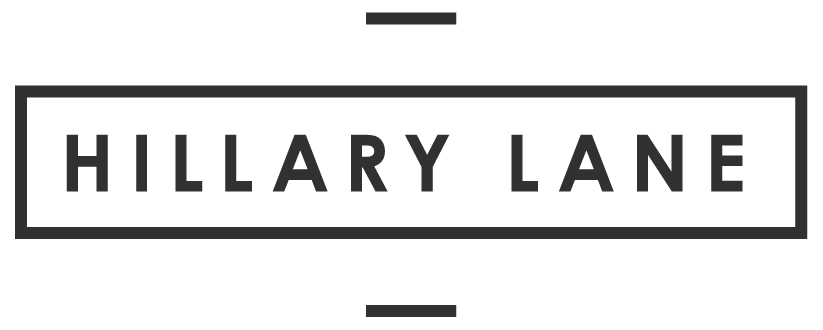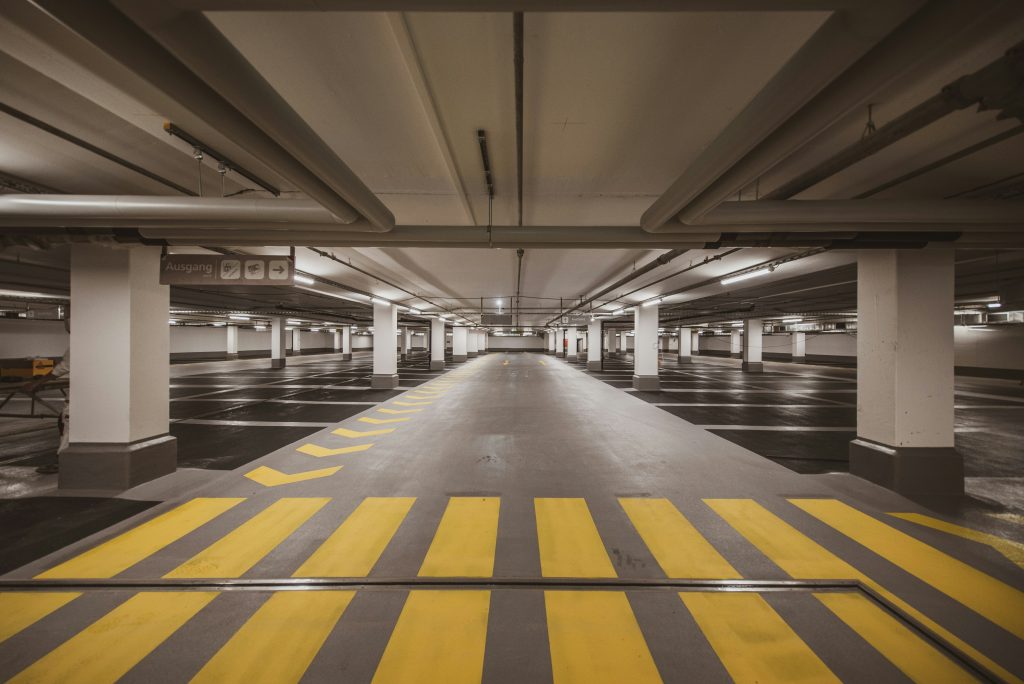Toronto’s inclusionary zoning policy (IZ) is intended to address a lack of affordable housing for sale and rent. This is a good thing on the surface. However, although it could help provide more affordable housing for both buyers and renters, it is more likely to pose issues. Here I look at the IZ policy and explain why it could have the opposite effect on housing affordability.
What is the IZ Policy?
The IZ policy requires condo developers with 100 or more units to provide 5% to 10% of their total square footage to affordable units. This is slated to rise to as much as 22% by 2030. The location and type of condo units determines the percentage. The areas that will see the highest requirements are downtown Toronto, Midtown, and Scarborough Centre. The mixed-income housing solution ensures these new builds offer housing for all levels of income.
Read more about the IZ policy here.
Will the IZ Policy Help?
Unfortunately, experts have seen underwhelming results from similar policies in the U.S. The policy only scratches the surface of the supplies needed for affordable housing, while also proving costly to implement. In fact, in several decades, programs have resulted in just 150,000 units south of the border. The more successful housing programs tend to focus on housing choice vouchers or low-income housing tax credit programs.
Higher Prices for General Inventory
Many believe the policy might slow down construction, which can hike-up prices for general inventory due to limited supply. As a result, the intention to make homes more affordable actually has the opposite effect. More people will find they can’t afford a mortgage, including high income earners making as much as $200K. This moves more people onto the list of seeking affordable units. While buyers shoulder the burden of affordable units for sale, renters will face a similar experience with general homes for rent.
Fewer New Builds
Builders might find it too expensive to add to the housing supply, and then cancel projects. As a result, the inventory of new homes drops and prices rise. As with condos, purpose-built apartments will also become too expensive for builders as they can’t make enough from their investments. However, development companies aren’t really hurting enough to stop building. They are in a far better position to take on that burden compared to home buyers and renters.
Easy Loophole
The IZ policy also offers an easy loophole for builders to avoid the mandate. They simply design buildings with fewer than 100 units and charge full price for them. Reducing barriers that limit how high developers can build or allowing more semis or towns in areas designated for single family homes would help increase supplies and push prices down. That is a better solution to address inventory issues and keep builders motivated.
The IZ policy issues are unintended consequences. The city will monitor results to see if the policy has the intended effect and determine if it is worth continuing.






